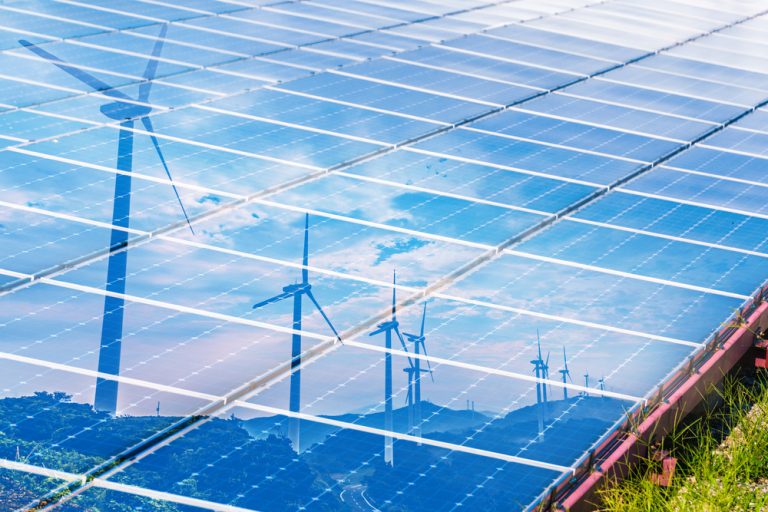Jakarta – A new report by the International Renewable Energy Agency (IRENA) says that by 2024, the transition to green energy could save USD 467 billion in global fossil fuel costs, while strengthening the economic resilience of adopting countries.
According to IRENA Director-General Francesco La Camera, amid geopolitical turmoil and uncertainty in global energy markets, investment in renewable energy is proving to deliver major economic benefits. “New renewable power outcompetes fossil fuels on cost, offering a clear path to affordable, secure, and sustainable energy. This achievement is the result of years of innovation, policy direction, and growing markets,” he said in a press release on Tuesday, 22 July.
The IRENA report noted that global renewable energy installed capacity jumped nearly 20 per cent compared to last year, reaching 582 gigawatts. This not only expands access to clean energy, but also saves the world $57 billion worth of fossil fuel consumption.
Asia fuelled this expansion with an additional 413.2 GW, and China dominated the global contribution – accounting for more than 61% of new photovoltaic installations and nearly 70% of new wind capacity. Other countries such as the United States, India, Brazil and Germany are also important pillars in expanding clean technology adoption.
In terms of economics, renewable energy not only competes with – but beats the cost of electricity from coal or gas. 91% of utility-scale renewable energy plants built by 2024 generate electricity cheaper than the cheapest new fossil plants. Onshore wind, for example, costs just $0.034/kWh, while solar photovoltaic power is USD0.043/kWh – well below the fossil fuel average.
“The transition to renewables is irreversible, but its pace and fairness depend on the choices we make today,” La Camera said.
The decline in renewable technology prices since 2010 has been remarkable: solar installation costs are now just USD691/kW, onshore wind USD1,041/kW, and offshore wind USD2,852/kW.
Not only generation, the cost of energy storage has also plummeted. The price of large-scale battery systems has fallen 93% since 2010, reaching USD192/kWh by 2024. This decline was driven by improvements in manufacturing efficiency and optimisation of raw materials – trends that are expected to continue, albeit at a slower pace.
The United States and China are again leading the way in the use of energy storage systems, many of which are placed near solar plants to maintain grid stability. The integration of these technologies is considered crucial in addressing the challenge of renewable energy intermittency.
IRENA also noted that countries in Asia, Africa and South America have the highest growth potential.
La Camera cautioned that “this progress is not guaranteed. Rising geopolitical tensions, trade tariffs, and material supply constraints threaten to slow the momentum and drive-up costs. To safeguard the gains of the energy transition, we must reinforce international cooperation, secure open and resilient supply chains, and create stable policy and investment frameworks—especially in the Global South.” (Hartatik)
Banner photo: metamorworks/shutterstock.com














